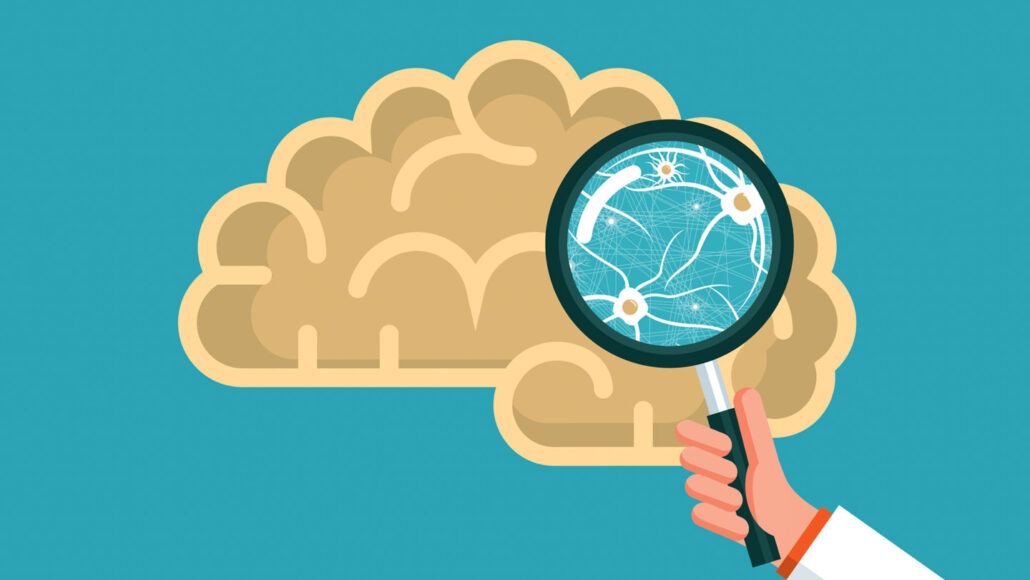addiction: The National Institute of Drug Abuse defines this as a complex chronic disease that is “characterized by drug seeking and use that is compulsive, or difficult to control, despite harmful consequences.” A first exposure to drugs is usually voluntary. But repeated use of certain drugs, NIDA explains, can create changes in the brain that make it hard “to resist intense urges to take drugs.”
cell: (in biology) The smallest structural and functional unit of an organism. Typically too small to see with the unaided eye, it consists of a watery fluid surrounded by a membrane or wall. Depending on their size, animals are made of anywhere from thousands to trillions of cells. Most organisms, such as yeasts, molds, bacteria and some algae, are composed of only one cell.
depression: A low spot, such as in a field or the surface of a rock. (in medicine) A mental illness characterized by persistent sadness and apathy. Although these feelings can be triggered by events, such as the death of a loved one or the move to a new city, that isn’t typically considered an “illness” — unless the symptoms are prolonged and harm an individual’s ability to perform normal daily tasks (such as working, sleeping or interacting with others). People suffering from depression often feel they lack the energy needed to get anything done. They may have difficulty concentrating on things or showing an interest in normal events. Many times, these feelings seem to be triggered by nothing; they can appear out of nowhere.
disorder: (in medicine) A condition where the body does not work appropriately, leading to what might be viewed as an illness. This term can sometimes be used interchangeably with disease.
electricity: A flow of charge, usually from the movement of negatively charged particles, called electrons.
electrode: A device that conducts electricity and is used to make contact with non-metal part of an electrical circuit, or that contacts something through which an electrical signal moves. (in electronics) Part of a semiconductor device (such as a transistor) that either releases or collects electrons or holes, or that can control their movement.
epilepsy: (adj. epileptic) A neurological disorder characterized by seizures.
mental health: A term for someone’s emotional, psychological and social well-being. It refers to how people behave on their own and how they interact with others. It includes how people make choices, handle stress and manage fear or anxiety. Poor mental health can be triggered by disease or merely reflect a short-term response to life’s challenges. It can occur in people of any age, from babies to the elderly.
neuron: The main cell type of the nervous system — the brain, spinal column and nerves. These specialized cells transmit information by producing, receiving and conducting electrical signals. Neurons also can transmit signals to other cells with chemical messengers.
Parkinson’s disease: A disease of the brain and nervous system that causes tremors and affects movement, memory and mood. Certain genes make people susceptible to this disease, for which there is no cure.
seizure: A sudden and fleeting uncontrolled “storm” in the brain. As its underway, it alters the brain’s electrical and chemical activity. It can change someone’s movements, behaviors — even whether they’re conscious. Some people are aware as they are having seizure; others won’t remember it once it ends. Someone with recurring seizures is usually diagnosed with epilepsy.
skull: The skeleton of a person’s or animal’s head.

